Been reading much marketing material on foods and juices recently? Especially for the overpriced, "multi-level" juice products that promise to do everything from cure cancer to grow hair (usually at 40 bucks a pop)?
If so, you've certainly heard the claims about ORAC values.
ORAC is short for Oxygen Radiance Absorption Capacity and is a clever test designed to measure the collective antioxidant power of various substances found together in a food. The theory is that you can't really compute the antioxidant capacity of a food just by knowing the component parts, just as you can't predict how great a band is going to sound just by knowing who's in it. (You've got to hear them play together!) In much the same way, scientists at the USDA figured out that "teamwork" in antioxidants is a big factor, and that the synergistic impact of a bunch of antioxidants working together is bigger (or different) than the sum of the parts.
So they developed the ORAC test, which basically pits a nasty bunch of free radicals against the synergistic effect of the antioxidants found in a given food. ORAC measures how powerful the natural combination of antioxidants in a given food are by seeing just how well they do in "absorbing" (or incapacitating) a particular free radical.
So far so good. Free radicals are the "bad guys," antioxidants are the "good guys," ORAC is a measure of how well the good guys do against the bad guys, and all is well with the world. Foods that consistently scored high on the ORAC ratings were blueberries, prunes, raisins, kale and beans. You could pretty much count on these foods being at the top of the rankings as regularly as Federer, Nadal and Djokovic in any given Grand Slam event.
Then the marketing people went to work.
All of a sudden you started hearing about ORAC values of 32,000. Claims were randomly bouncing all over the place. (Though blueberries scored highest on the USDA tests with a score of 2,400, I've seen multi-level juices claiming scores many times higher.)
No wonder. There was no standardization and no consistency. ORAC values would change depending on the amount of the food tested (so a juice company could "test" a gallon of juice and then compare their inflated score to that of a half pint of berries). The results would also change depending on the particular "bad" guy tested. One test might pit the food against the free radical equivalent of Clay Aiken while another test might pit a food against the free radical equivalent of Mike Tyson. Problem was the consumer never knew which test was being used, and marketing people (deliberately) used apples and Volksvagen comparisons to make their product come out looking better. It was if they were engaged in some silly pissing contest: "My ORAC is bigger than yours!"
Now the plug is being pulled.
This month, the USDA Nutrient Data Laboratory removed the USDA ORAC Database for Selected Foods from its website citing two reasons, one of which is true, one of which I find questionable.
Reason number one: "ORAC values are routinely misused by food and dietary supplement manufacturing companies to promote their products and by consumers to guide their food and dietary supplement choices."
One hundred per cent right on.
Reason number two: "The values indicating antioxidant capacity have no relevance to the effects of specific bioactive compounds, including polyphenols on human health."
This last statement is very far from 100 percent right on. Former ARS-USDA scientist and long-time ORAC researcher Ronald Prior, Ph.D., sent a four-page letter in response to the removal of the USDA database:
"Without the ORAC database, we would not have had the opportunity to gather important epidemiology data that we now have relating antioxidant intake and various disease endpoints," he wrote.
Dr. Prior also disagreed with the USDA's statement that: "There is no evidence that the beneficial effects of polyphenol-rich foods can be attributed to the antioxidant properties of these foods."
He pointed to recent research using the ORAC database that found, for example, significantly lower risks for endometrial cancer in those consuming the highest amount of phenolics (antioxidant plant compounds).
The ORAC values were a useful tool and a great idea for research. When applied consistently and transparently, they helped us "quantify" some of the relative benefits of different foods.
I'm personally sorry to see the ORAC values go. But their blatant misuse and misrepresentation by commercial interests intent on selling a bunch of products won't be missed at all.
For more by Dr. Jonny Bowden, click here.
For more health news, click here.